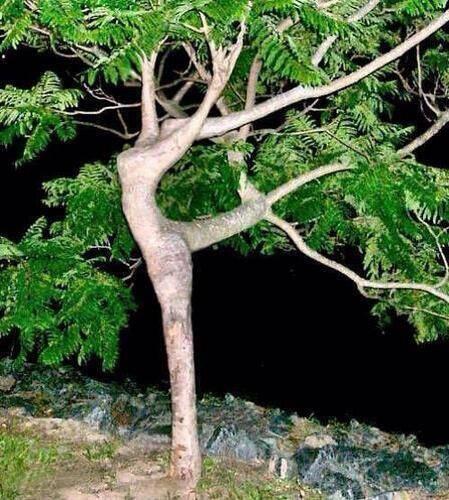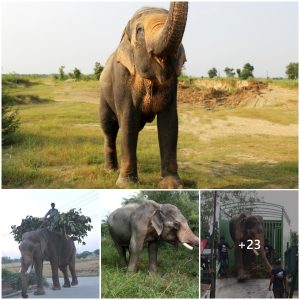As the gentle breeze brushes past, the leaves of the trees start to rustle, and the entire tree seems to come alive. The graceful sway of the branches makes it seem like they are dancing to the rhythm of nature. This enchanting spectacle is commonly known as “dancing trees”.

Trees hold a special place in various cultures where they are regarded as sacred. These cultures believe that trees possess their own life force or spirit. The concept of dancing trees is an extension of this belief, imbuing the already breathtaking sight of a moving forest with an added touch of enchantment.


As the breeze intensifies, the tree branches start to coil and swirl, putting on a captivating exhibition of motion. It’s quite challenging not to be amazed and delighted while observing the trees sway. Some folks even think that the dancing trees have an uplifting impact on our sentiments and can prompt us to be more in tune with the natural world.

The mesmerizing sight of dancing trees is not just a delight for the eyes, but it also serves a vital purpose in the ecosystem. The swaying motion of the trees caused by the wind helps to spread seeds and pollen, which promotes new growth and healthy reproduction. Additionally, the movement of the trees facilitates the dispersion of nutrients and water throughout the forest, which is crucial for the well-being and flourishing of the entire environment.

Regrettably, the frequency of dancing trees may decrease in the coming years due to the growing dangers of deforestation and climate change. We must prioritize the safeguarding of our forests and guarantee their longevity so that they can continue to sway and groove for future generations.
To summarize, the sight of trees swaying gracefully in the wind is a breathtaking display that highlights the beauty and potency of the environment. While we strive to conserve our woodlands and safeguard the earth’s natural resources, let us pause to acknowledge the marvel of dancing trees and their significance in maintaining the ecological balance.












